This space is designed to collect information on the requests and needs of health workers, those who produce, those who remain isolated at home, those who want to live and work in greater safety.
In order to gather the needs and necessities to fight the pandemic, a first questionnaire was released during the lockdown, while now we invite you to fill in the questionnaire for phase 2, gradual resumption of activities .
I-RIM and coalition associations collect interviews and questionnaires and analyze them to extract the operational specifications of the technological systems to be developed. Below are the results of the questionnaire relating to lockdown phase 1 .
Fill in the Phase 2 questionnaire.
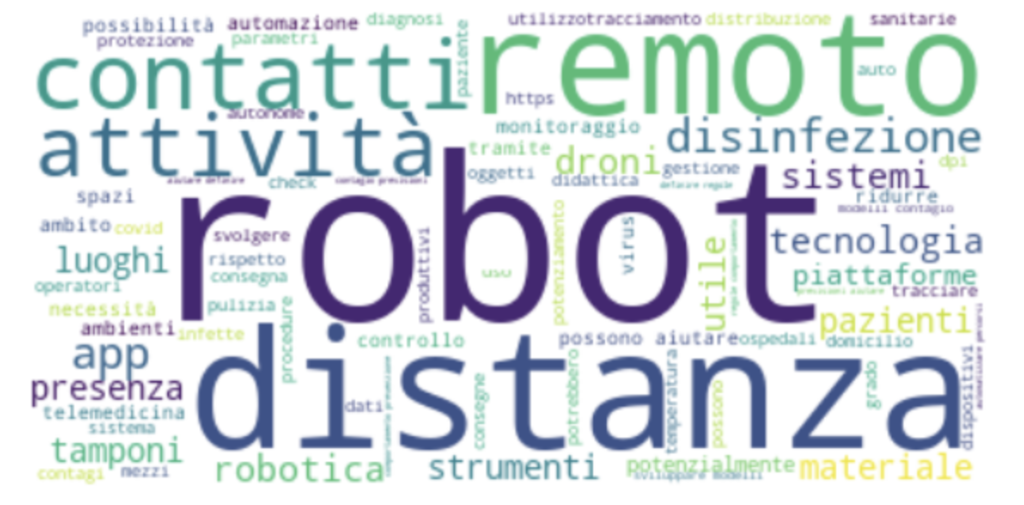
Questionnaire Phase 1:
Analysis of Results
To try to better understand the ways in which work was changing during the peak of the Covid-19 epidemic, an anonymous questionnaire was circulated in Italy around mid-April, for research and application purposes.
The questionnaire was inspired by the model known in the literature as a user-centered design process (UCD). Once the need was identified (i.e. reducing the possibility of contagion during professional activities), the questionnaire aimed to know the tasks performed by workers in different contexts. This gave the possibility to precisely identify the possible sources of contagion and at the same time to define the requirements for possible design solutions.
About 200 people responded by describing how the pandemic affected their working day, the new risks associated with their tools and work environments and how their interaction with colleagues, customers or patients was affected. Respondents worked primarily in areas such as healthcare (around 30%), research (around 19%) and education (around 9%). Doctors, managers, consultants, teachers, professors, technicians, physiotherapists and other figures had to reorganize their activities. About one third of the respondents had to face new risks of potential infection in the normal work environment or when traveling by public transport to go to work. Where possible, however, the activity has been moved to smart working (around 50% of respondents), forcing many to make an abrupt transition to a new dimension of virtual work, characterized by the impossibility of interacting naturally with students, colleagues and patients. Many respondents expressed their belief and hope that – even in such difficult times – technology, robotics and AI could help minimize the risk of contagion. The proposed applications were different, from robots able to manipulate objects at risk of contamination or to sanitize environments to technologies that could facilitate remote work up to devices that for faster medical tests and screening. Many respondents expressed their belief and hope that – even in such difficult times – technology, robotics and AI could help minimize the risk of contagion. The proposed applications were different, from robots able to manipulate objects at risk of contamination or to sanitize environments to technologies that could facilitate remote work up to devices that for faster medical tests and screening. Many respondents expressed their belief and hope that – even in such difficult times – technology, robotics and AI could help minimize the risk of contagion. The proposed applications were different, from robots able to manipulate objects at risk of contamination or to sanitize environments to technologies that could facilitate remote work up to devices that for faster medical tests and screening.
The diffusion of the questionnaire (lockdown phase) in Italy

The sample
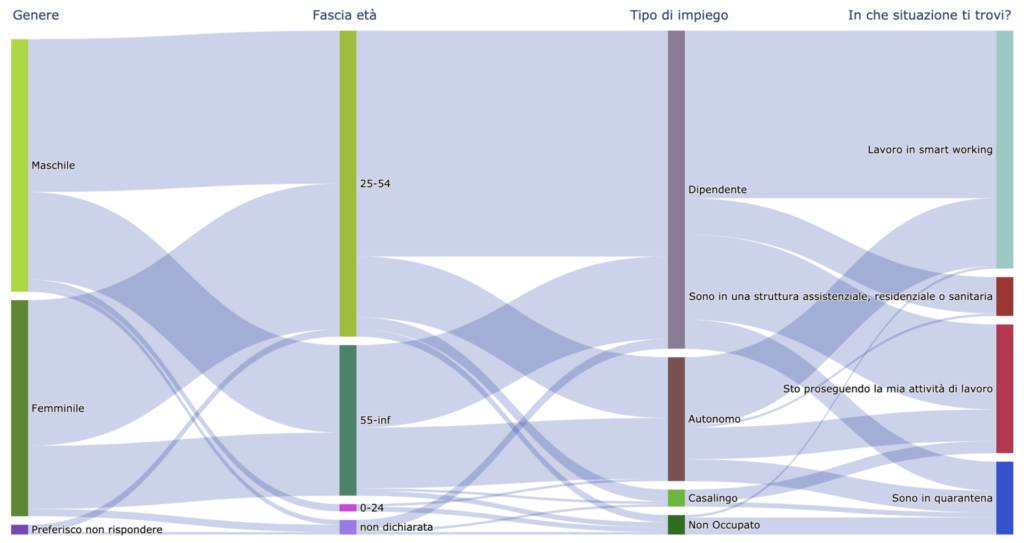
The answers
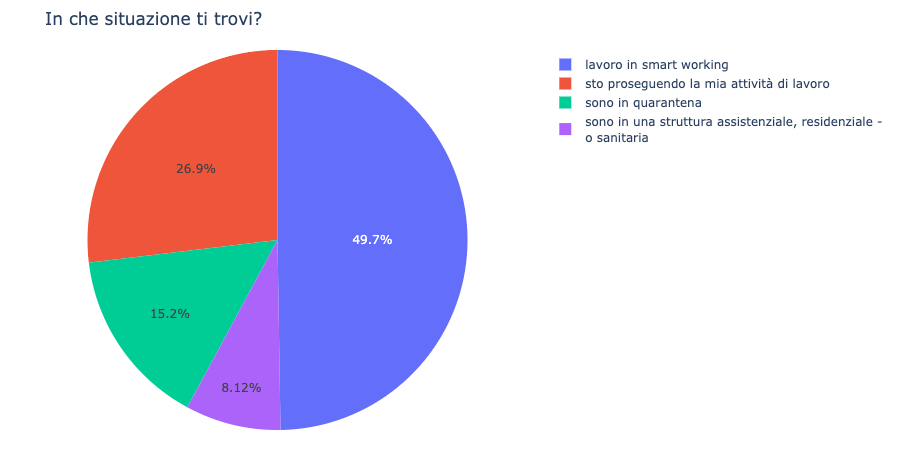
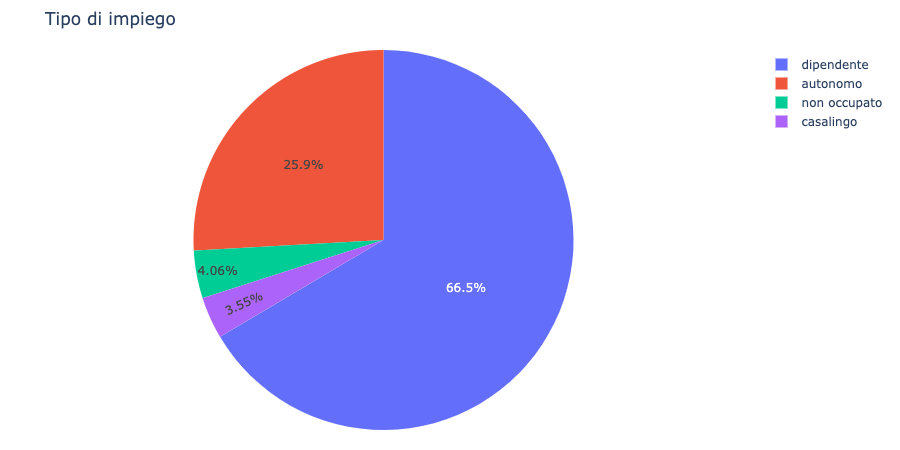


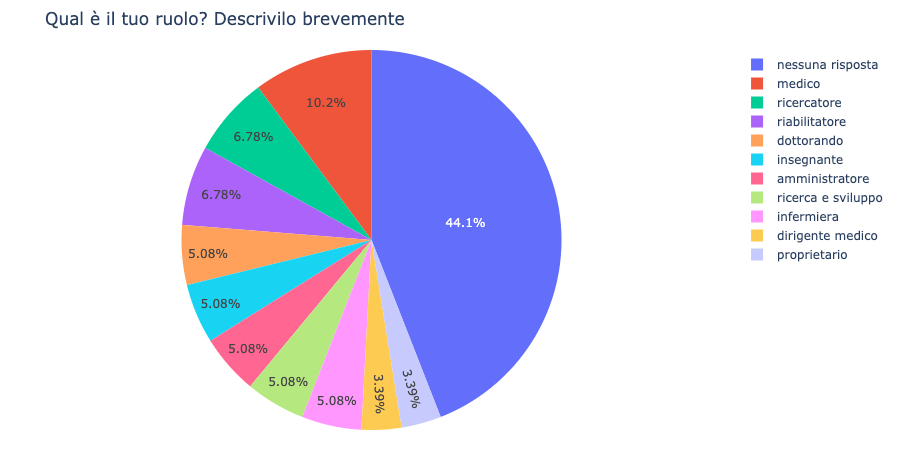
How has your job changed since the arrival of Covid-19?
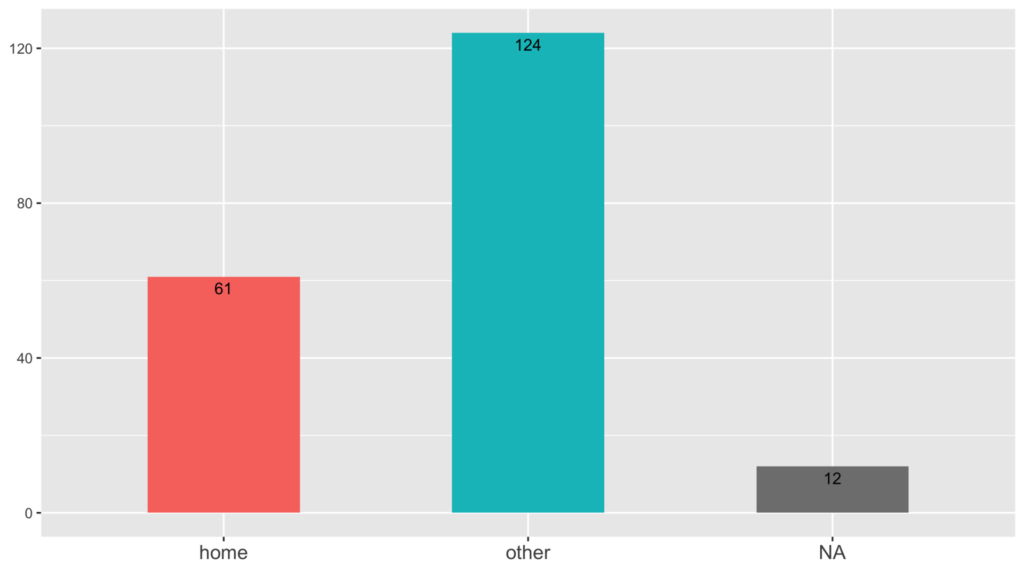
Are you barred from places where you used to work?
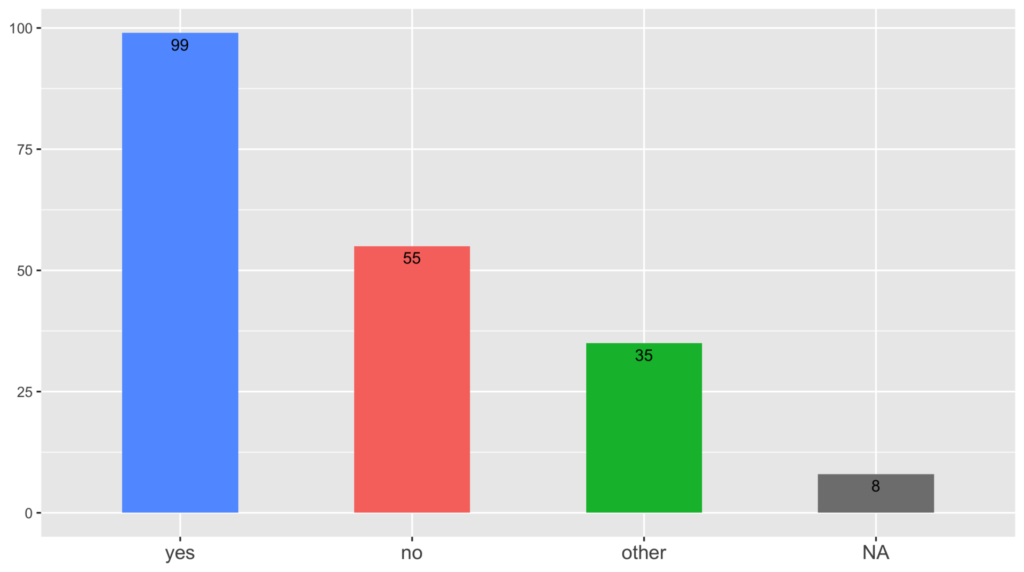
Are you barred from being in contact with someone (for example colleagues, customers, suppliers)?
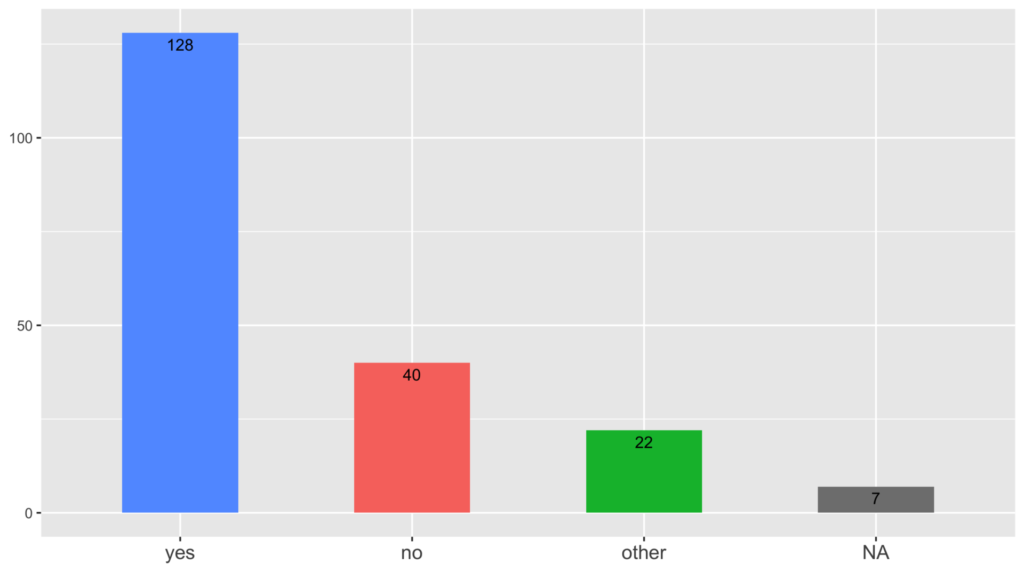
Are you forbidden to use objects for the danger of contagion?
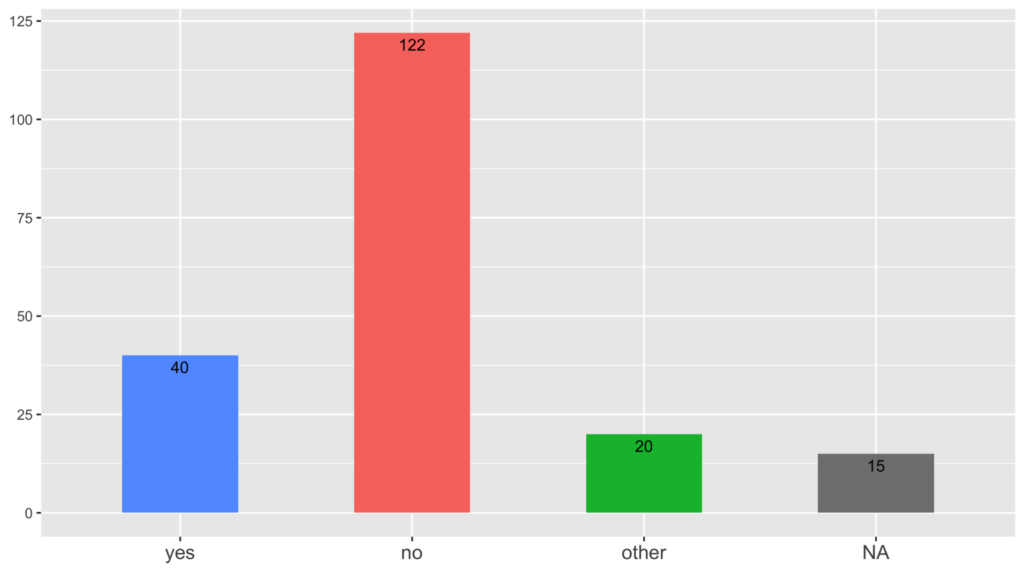
Do you believe that the world of Technology, Robotics and Artificial Intelligence can help you minimize the risks of contagion?

Analysis of the questionnaire: Ideas, suggestions and ideas
The suggestions concern different fields of activity: hospitals and general care activities, teaching, tourism, post offices, building and construction sites, banks and food distribution.
The demand for technology primarily affects the diagnosis of positivity. By eliminating the uncertainty regarding one’s clinical condition (am I sick? Am I a healthy carrier? Am I immune? Am I vulnerable?) We would move better, we would have the advantage of a more solidly planted position in everyday life.
An important difference also for the prospects of phase 2 is to be able to develop applications for the traceability of the infection.
The possibility of teleoperation in different fields is an option mentioned by many participants. Ability to remotely perform all risk operations with the use of drones and autonomous machines is a solution supported by many. This preference applies to both work activities and purchases of basic necessities: food and drugs.
Pest control of places and clothing is a widely shared concern and solutions are also offered here.
Sometimes a magical thought emerges, such as when, for example, it is desired, without explaining how it should work, a device capable of immediately detecting the presence or absence of the virus on people or objects.
Another example of such magical thinking is the hypothesis that self-purifying products can be developed, such as self-washing and self-cleaning gloves or masks.
Another example whose solution could be a human-machine symbiosis pushed to the highest level is that which emerges from the need to experience physicality even in remote operations: “I would like to have the opportunity to assist people from a distance even physically – bring small objects , opening the door to the postman, taking care of a pet, exchanging gestures of affection, even when I cannot be present “.

